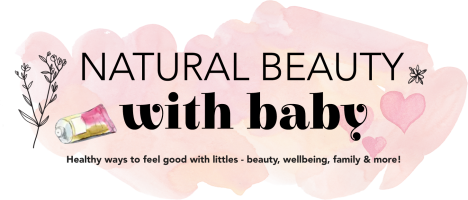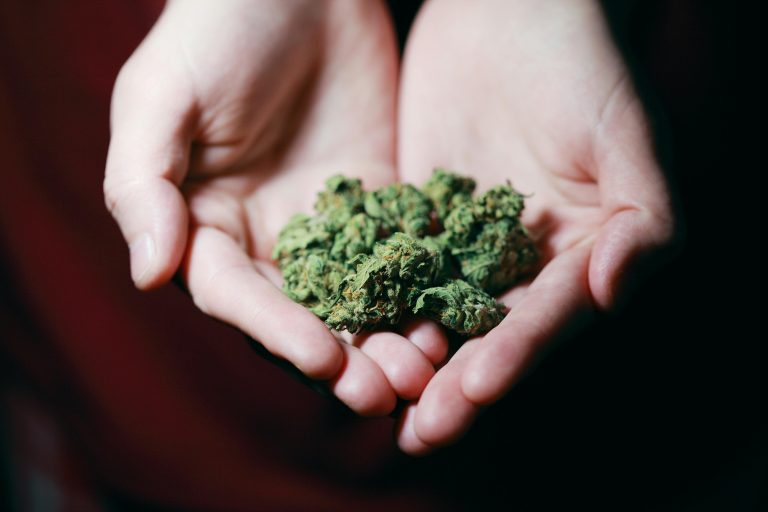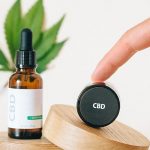“How cannabis can improve your health and how to consume it” is a collaborative post.
Cannabis, once a taboo subject, has gradually emerged as a significant topic of discussion thanks to its health benefits. With ongoing research and anecdotal evidence highlighting its potential benefits, more individuals are curious about how it can improve health. With this, the next question that arises is what is the best way to consume the stuff.
In this article, we will answer these questions today. Join us as we navigate the world of cannabis, shedding light on its potential to transform lives.
Understanding cannabis and its health benefits
Cannabis contains compounds known as cannabinoids, with CBD (cannabidiol) and THC (tetrahydrocannabinol) being the most prominent. CBD is celebrated for its therapeutic benefits without the psychoactive effects, while THC is known for its psychoactive effects and mood-enhancing properties.
- Pain Management: Cannabis is widely recognised for its ability to alleviate chronic pain due to its interaction with the body’s endocannabinoid system. This makes it an appealing alternative for those seeking relief from conditions like arthritis and migraine.
- Mental Health Support: Studies suggest that the CBD component of cannabis may help manage anxiety and depression, offering a natural treatment path without the significant side effects associated with traditional medications.
- Improved Sleep: Both CBD and THC have qualities that can enhance sleep quality. THC can help individuals fall asleep faster, whereas CBD is lauded for improving sleep duration and quality.
- Neuroprotective Properties: Research is ongoing into how the cannabis component CBD can benefit individuals with neurodegenerative disorders, such as Alzheimer’s disease and multiple sclerosis, by reducing inflammation and protecting neural pathways.
Ways to consume cannabis
The method of cannabis consumption can significantly affect its efficacy and the user’s experience. Here are some popular methods and the tools required for each.
Smoking
Smoking is the most direct way to experience the effects of cannabis. It involves inhaling the smoke from burning dried cannabis flowers or concentrates. Users often prefer this method for its rapid onset of effects, allowing them to immediately feel the benefits.
Cannabis smoking tools come in various forms, providing diverse experiences for users. The bongs utilise water to cool and filter smoke, delivering a smoother hit. Hand pipes for their portability and convenience, and rolling papers for those who prefer the ritual of rolling their own joints. Each tool offers a unique experience, catering to different preferences and situations, making smoking a versatile option for cannabis consumption.
Vaping
Vaping is lauded as a healthier alternative to smoking because it heats cannabis at a lower temperature than combustion, releasing active compounds in a vapor rather than smoke. This method reduces the inhalation of harmful byproducts.
Vaporisers come in many forms, from sleek, pen-like devices perfect for on-the-go use to more robust tabletop models that offer precise temperature control. Vaping appeals to those seeking a cleaner inhalation experience and can be particularly beneficial for medicinal users who require a rapid onset of effects without the risks associated with smoke.
Edibles
Edibles present a smoke-free option, infusing food and drink with cannabis. This method is favoured for its discretion and the duration of its effects, which can last several hours, providing a longer relief from symptoms like chronic pain or insomnia. Unlike smoking or vaping, edibles must pass through the digestive system, resulting in a delayed onset of effects.
This method requires no special tools, though preparation of homemade edibles might involve basic kitchen equipment. Edibles are perfect for those seeking sustained effects or who prefer to avoid inhalation.
Topicals
Cannabis-infused creams, balms, and lotions are applied directly to the skin to relieve pain, soreness, and inflammation without psychoactive effects. Topicals are a prime choice for individuals looking for targeted relief or the therapeutic benefits of cannabis without the high.
They are easy to use, require no special tools, and can be integrated into a regular wellness routine. They offer a noninvasive method of managing conditions such as arthritis or skin irritations.
Dabbing
Dabbing involves vaporising small amounts of highly concentrated cannabis extracts, known as dabs, on a hot surface and inhaling the vapour. This method is notable for its potency and the rapid onset of effects, catering to those with a higher tolerance or in need of immediate, powerful relief.
Dabbing requires specific equipment, including a dab rig, a torch for heating, and a dabber tool for handling concentrates. While it delivers fast and effective results, dabbing is complex and generally recommended for more experienced cannabis users.
Final thoughts on how cannabis can improve your health
Cannabis offers a promising path to improving health and wellness, with various consumption methods catering to different needs and preferences. By understanding the potential benefits and responsibly including cannabis in your health regimen, you can harness its therapeutic potential.
Now that you have this knowledge, consider trying it and seeing how it can positively impact your well-being.






